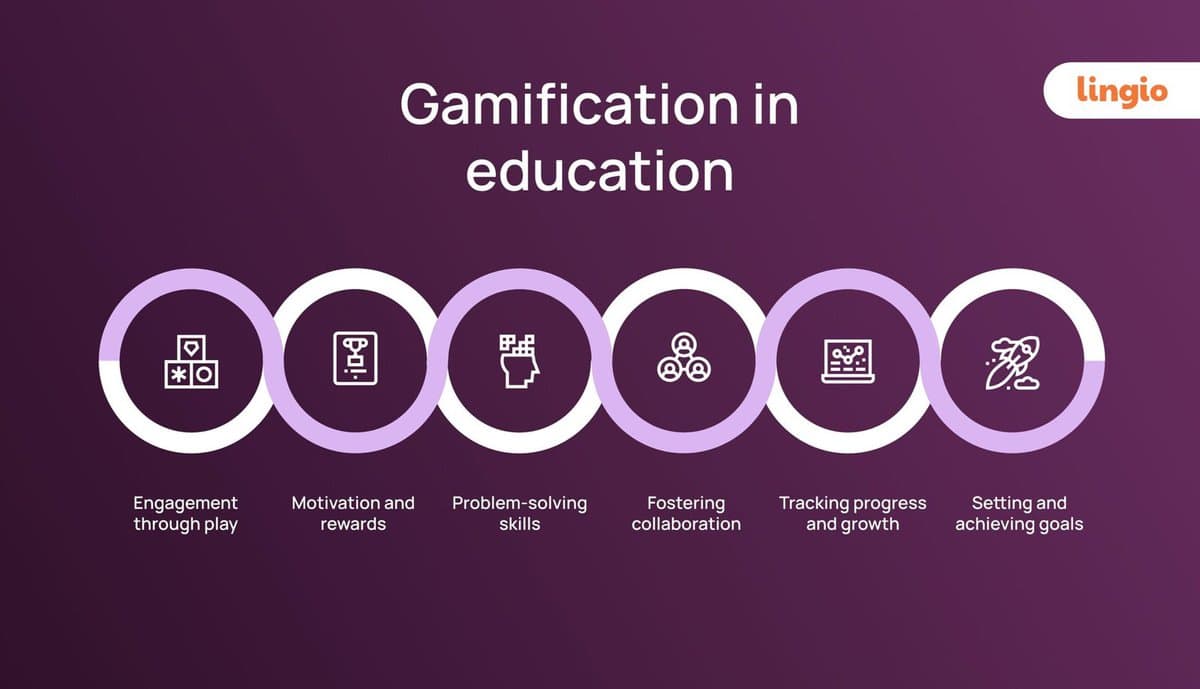If you’re looking to effectively market your online courses and reach a wider audience, utilizing social media is your golden ticket. In “How to Use Social Media to Promote Online Courses,” you’ll discover proven strategies to captivate potential students and boost your course enrollments. This article covers everything from creating engaging content and leveraging the power of video marketing to harnessing targeted social media ads. You’ll also learn the importance of building a community around your courses, making use of user-generated content, and utilizing advanced analytics to optimize your campaigns. By the end, you’ll have a comprehensive toolkit to supercharge your online course promotion strategy. Have you ever wondered how to effectively leverage social media to promote your online courses? You’re not alone! With the rise of online education, promoting courses efficiently has become essential for educators looking to maximize their reach. Luckily, social media platforms provide a treasure trove of opportunities to connect with potential students in meaningful ways.
Why Social Media Matters for Online Course Promotion
Social media is a powerful tool in today’s digital age. It isn’t just about connecting with friends or sharing photos; it’s a robust platform for marketing and engagement. When utilized strategically, you can captivate your target audience, build a community, and most importantly, drive enrollments for your online courses.
Identifying the Right Platforms
Not all social media platforms are created equal, especially when it comes to educational content. It’s essential to identify which platforms your target audience frequents. Here’s a quick guide:
| Platform | Primary Users | Best Use Cases |
|---|---|---|
| General population, varied demographics | Community building, sharing long-form content | |
| Younger audience, visual learners | Visual storytelling, short videos, images | |
| Professionals and business communities | Professional networking, B2B courses | |
| Real-time updates, news enthusiasts | Updates, news, links to articles and content | |
| YouTube | General population, visual learners | Video tutorials, webinars, explainer videos |
Crafting a Compelling Profile
Your social media profiles are often the first point of contact for potential students. Make sure they are engaging and informative.
- Profile Photo and Cover Image: Use high-quality images that are consistent with your brand.
- Bio Section: Clearly state who you are, what your online courses offer, and include a call-to-action (CTA) with links to your course landing pages.
- Contact Information: Ensure that your contact details are easily accessible.
Content Creation Strategy
The content you produce and share on your social media accounts plays a pivotal role in promoting your online courses.
Types of Content
- Educational Posts: Share snippets from your courses or related educational content to showcase your expertise.
- Testimonials and Success Stories: Highlight stories of students who have benefited from your courses.
- Behind-the-Scenes: Give a sneak peek into how you create your courses or day-to-day operations.
- Interactive Content: Polls, quizzes, and Q&A sessions can engage your audience effectively.
- Video Content: Videos perform exceptionally well on social media. Share tutorials, webinars, and interviews to capture attention.
Content Frequency
Maintain a consistent posting schedule to keep your audience engaged. Here’s a simple frequency guide:
| Platform | Posting Frequency |
|---|---|
| 1-2 times per day | |
| 1-3 times per day | |
| 1 time per day | |
| 3-5 times per day | |
| YouTube | 1-2 times per week (video content) |
Engagement Tactics
Simply posting content isn’t enough; engaging with your audience is key to fostering a community and encouraging course enrollments.
Respond to Comments and Messages
Engage actively with your audience by responding to their comments and messages. This not only builds trust but also makes them feel valued.
Host Live Sessions
Live sessions are a perfect way to engage with your community in real-time. Host Q&A sessions, webinars, or even live tutorials. Utilize the live features on platforms like Facebook, Instagram, and YouTube.
Create User-Generated Content
Encourage your students to share their experiences and tag your social media. This creates authentic content that can attract new students.
Paid Advertising Strategies
While organic reach is important, social media advertising can significantly boost your course promotions.
Facebook and Instagram Ads
These platforms offer excellent targeting options. You can target users based on demographics, interests, behaviors, and even lookalike audiences.
- Ad Types: Carousel ads, video ads, and lead ads work well for promoting courses.
- Budgets: Start small, measure your results, and scale up based on performance.
LinkedIn Ads
LinkedIn is particularly effective for professional and B2B courses.
- Ad Types: Sponsored content, text ads, and InMail can be highly effective.
- Targeting: Focus on job titles, industries, and professional interests.
YouTube Ads
YouTube ads can be highly engaging. Pre-roll ads, display ads, and sponsored cards can drive traffic to your course landing pages.
Analytics and Optimization
Monitoring your social media efforts is crucial for understanding what works and what doesn’t.
Key Metrics
- Engagement Rates: Likes, shares, comments, and overall interaction.
- Click-Through Rates (CTR): How often users click on your links or ads.
- Conversion Rates: How many clicks result in actual enrollments.
Use the analytics tools provided by each platform (like Facebook Insights, Instagram Insights, Twitter Analytics, and YouTube Analytics) to track these metrics.
A/B Testing
Perform A/B testing with different types of content, ad formats, and CTAs to find out what performs best. Regularly optimize based on these insights.
Building a Community
Social media isn’t purely about promotion; it’s about building a lasting community.
Exclusive Groups
Create private groups on Facebook or LinkedIn where current and potential students can interact, share insights, and access exclusive content.
Encourage Peer Interaction
Facilitate discussions, group projects, and peer reviews within these communities to keep them engaged and invested.
Collaborations and Influencer Partnerships
Partnering with influencers or other educators can broaden your reach.
Choose Relevant Influencers
Identify influencers who align with your course content and audience. Micro-influencers often have highly engaged followers and can be more effective than large influencers.
Joint Webinars and Courses
Collaborate to create joint content or webinars. This can introduce your courses to an entirely new audience.
Leveraging User-Generated Content
Encourage your students to create and share content related to your courses. This could include reviews, success stories, or project showcases.
Run Contests
Host contests encouraging user-generated content. Reward participants with course discounts, free enrollments, or other incentives.
Email Marketing Integration
Integrate your social media efforts with email marketing to create a cohesive strategy.
Capture Leads
Use your social media platforms to capture email leads through sign-ups, freebies, or exclusive content.
Nurture Leads
Once you have their email, create a nurturing sequence that provides value and subtly encourages course enrollments.
SEO and Social Media Synergy
Optimize your social media profiles and content to enhance your SEO efforts. Use keywords effectively in your bios, captions, and content.
Utilizing Hashtags
Effective use of hashtags can significantly increase your content’s reach on platforms like Instagram and Twitter.
Research Relevant Hashtags
Identify and use hashtags that are relevant to your course content and industry.
Create Branded Hashtags
Encourage your community to use a branded hashtag to increase visibility and create a collection of user-generated content.
Creating High-Converting Landing Pages
Your social media efforts will direct traffic to your landing pages; ensure they are optimized for conversions.
Clear CTAs
Your landing page should have clear, compelling calls-to-action that make it easy for visitors to enroll.
Testimonials and Reviews
Include social proof like testimonials and reviews to build credibility.
Mobile Optimization
Ensure your landing pages are mobile-friendly, as a significant amount of social media traffic comes from mobile devices.
Dealing with Negative Feedback
Not all feedback will be positive. Handling negative feedback gracefully is crucial.
Address Issues Promptly
Respond to negative comments quickly and professionally. Address the concerns and offer solutions.
Learn and Improve
Use negative feedback as an opportunity to learn and improve your courses.
Keeping Up with Trends
Social media trends change rapidly. It’s vital to stay updated with the latest trends to keep your content relevant.
Regular Learning
Follow industry blogs, join social media groups, and participate in webinars to stay up-to-date.
Experiment and Adapt
Don’t be afraid to experiment with new formats and trends. Adapt your strategy based on what’s working.
Call to Action: Start Implementing These Strategies
Promoting your online courses on social media is an ongoing process that requires consistent effort and adaptation. Start implementing the strategies outlined in this article and track your performance to continue refining your approach. Remember, the key is to engage authentically with your audience and provide value through your content.
By embracing these tactics, you’re well on your way to effectively using social media to promote your online courses. Happy promoting!







